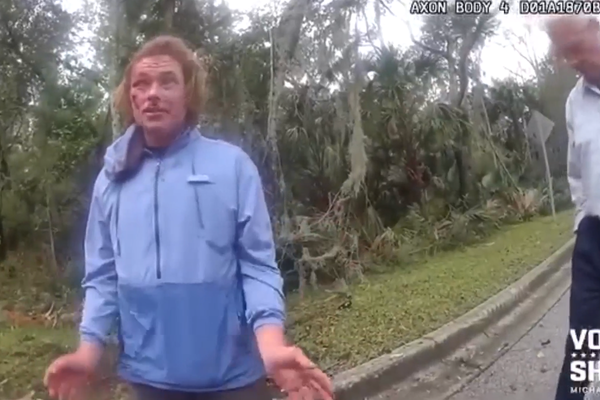For nearly two decades, researchers have been mapping fires in Northern Australia's tropical savannas and rangelands.
The detailed charts hold information about where fires have been in years past, allowing experts to learn about emissions and track how fires are changing.
And they're pointing to a success story slowly smouldering in Australia's north.
'Globally significant' reduction in fires
Researcher Rohan Fisher is leading the Charles Darwin University project which is documenting where fires currently are, helping rangers monitor and react to potential dangers in real time.
He said the maps show there has been "a substantial reduction in the amount of fire across the whole of Northern Australia" in the past two decades.
"If you're just talking about the Top End, we've seen an area with a reduction in fires of around 68,000 square kilometres, so about the size of Tasmania just in the Top End," he said.
"This is really globally significant; this is probably the best fire management in the world at the moment and that's occurring under event more extreme climate change-induced fire weather conditions."
Mr Fisher said Northern Australia still saw the same number of fire events as it did 20 years ago, but the "extent and severity" of the fires had decreased and the area which had been burnt had been "steadily going down".
"It's due to the incredibly hard work of those people on the ground, particularly those Indigenous fire managers who are going out into ... increasingly more difficult conditions," he said.
Combining 'the old and the new'
Indigenous ranger, Alfred Rickson, said his father showed him how to use fire to look after his country.
"You look at the season. We start early burning in April and we do that until September, that is when we stop our fire burning, we don't let it burn late," he said.
Mr Rickson said fire is traditionally used for hunting and said back-burning ensures bush foods are ready to eat by the year's end.
"We do early burning so new grass can come up and there'll be new trees ... we've got fruit that's got to be there for us for Christmas, like the plum and bush apple," he said.
Mimal's team of 35 Indigenous rangers care for nearly 20,000 square kilometres of Central Southern Arnhem Land.
Mimal Land Management CEO Dominic Nicholls said one reason Northern Australia's fire management had been so successful was because it was built on the "old land management principals and traditional knowledge" from First Nations people.
This traditional knowledge – coupled with new technology such as NAFI's maps, satellite imagery, and modern science – brought "the old and new together", he said.
Northern fires 'very different to the rest of Australia'
University of Melbourne professor in bushfire behaviour Trent Penman said other states in Australia, and other regions in the world, had different landscapes to contend with, different topography to consider and presented different risks.
Victoria, for example, had a far greater population: which increased the risk fire presented to people and property.
"The fire management in Northern Australia is certainly very good and the challenges that they face are very different to the rest of Australia in that you have low population density, therefore you've got a relatively small workforce and large country to cover," Professor Penman said.
"But in southern Australia, where we have more people, we have different fires, we have a more complex urban interface where our assets, our human assets, might be."
Professor Penman said fire mapping served "very different purposes" in different regions.
"[This] sort of mapping doesn't work in other areas, particularly where you have closed forests because the hotspot data that's being used to inform this is not always visible," he said.
Professor Penman said while other states also had good fire records, some didn't have the same mapping "consistency" as Northern Australia, especially in quieter years.
Victoria's fire maps retrospectively went back to the mid-1980s and went down to a "very fine scale", he said.
Indigenous knowledge 'invaluable'
The real success story in Northern Australia's fire management is how well the jurisdiction works with Indigenous knowledge holders, Professor Penman said.
"It's something that's been lost from many Indigenous communities around the country," he said.
Professor Penman said these knowledge holders understood how to use fire as a tool to manage the landscape in a way very few others did.
And he said that across Australia — and the world — more needed to be done to work with First Nations people, and to use and preserve their leanings for future generations.
"We can come up with all the data that we want but that knowledge is invaluable and to me that's the next big phase," Professor Penman said.
Ranger Alfred Rickson said playing a lead role in protecting his land brings him great satisfaction.
"I can't tell you how proud I am," he said.







